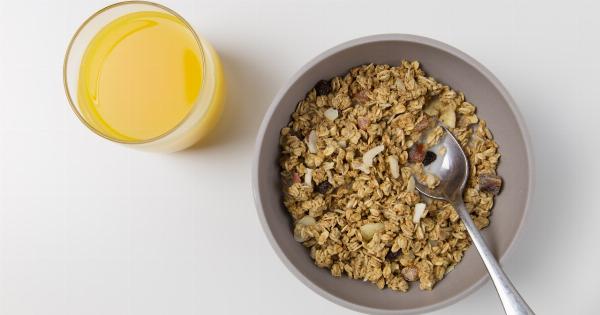One of the most exciting milestones in the life of a parent is when their baby starts to eat solid foods. However, it can also be a challenging task for both the baby and the parent.
Babies are used to getting all their nutrition from either breast milk or formula. Introducing solid foods can be confusing and even frustrating for them as they have to learn how to swallow, how to chew and how to coordinate their mouth and tongue movements.
As a parent, you play a vital role in teaching your infant how to eat. Here are some tips to help you navigate this exciting but also challenging phase:.
When to start feeding your baby solid foods
The American Academy of Pediatrics recommends that you should exclusively breastfeed your baby for the first six months of their life. After six months, you can start introducing solid foods in addition to breastfeeding.
The reason why you should wait until six months is that your baby’s digestive system is still immature, and introducing solid foods too early can cause digestive problems and allergies.
What foods to start with
When introducing solid foods, you need to start with single-ingredient purees like cereal, vegetables and fruits. Don’t introduce more than one new food at once to help identify any potential food allergies.
Start with a small amount and pay attention to any reactions. You can then gradually introduce other foods and eventually, by the time your baby is around nine months old, they can start having a variety of foods that reflect what the rest of the family is eating.
How to feed your baby
Feeding your baby is a new experience for them, and it is exciting for them to discover new tastes and textures. However, it can be stressful for them to get used to new sensations, and they might not like some foods.
You should make sure that your baby is in a comfortable position, such as sitting upright, while feeding. Never force your baby to eat and make sure that they are hungry before a feeding time. Start with small amounts and stop when your baby is full.
Tools for feeding
To make the feeding process easier, you can use special baby feeding tools such as spoons and bowls. It is essential to choose the right size and shape of these tools to make sure that your baby can hold them comfortably and safely.
You should also consider getting high chairs and bibs to make feeding easier and to avoid making a mess.
Encouraging self-feeding
Once your baby is around nine months old, you can start encouraging self-feeding. You can offer finger foods and let your baby explore different textures and tastes.
It is beneficial to let your baby sit with the rest of the family during meal times and letting them pick food from your plate. This helps to develop the baby’s cognitive, social and motor skills, as well as their independence.
Conclusion
Teaching your infant how to eat can be an exciting journey that requires patience, persistence and creativity.
By following the above tips, you can help your baby enjoy new tastes and textures and develop healthy eating habits that will serve them well throughout their lives.


























